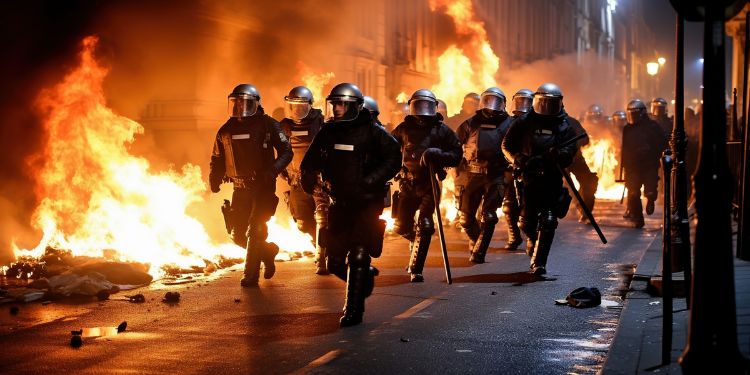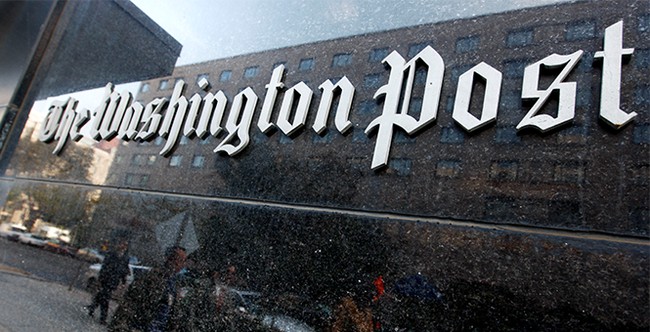Today's country sucks with people like Beyonce, Nas, jelly Roll and a whole bunch of others. So, I'm posting classic/traditional country music!!
Deana Kay Carter (born January 4, 1966) is an American country music singer-songwriter who broke through in 1996.
Overall, Carter's albums have accounted for 14 singles, including three which reached Number One on the Billboard country chart
Tonight's double shot of great country music!
"Strawberry Wine" is a song written by Matraca Berg and Gary Harrison, and recorded by American country music artist Deana Carter. It was released on July 26, 1996. The song became a number 1 hit on both the US Billboard Hot Country Singles & Tracks (now Hot Country Songs) chart and the Canadian RPM Country Tracks.
Did I Shave My Legs for This? is the debut studio album by American country music artist Deana Carter, released via Patriot Records in the United Kingdom on February 27, 1995
Bonus tracks.
"Angels Working Overtime" is a song written by Michael Dulaney and Michael Lunn, and recorded by American country music artist Deana Carter. It was released in April 1999
Deana Carter "I've Loved Enough To Know"
"Absence of the Heart" is a song written by Chris Farren, Chuck Jones, and co-written and recorded by American country music artist Deana Carter. It was released in September 1998
Deana Carter - "You Still Shake Me" Leslie SatcherTim Ryan Rouillier. It was released in 1999.
"We Danced Anyway" is a song written by Randy Scruggs and Matraca Berg, and recorded by American country music artist Deana Carter that reached the top of the Billboard Hot Country Singles & Tracks chart. It was released in December 1996














